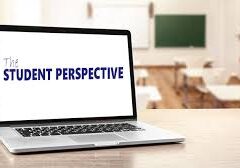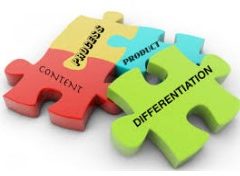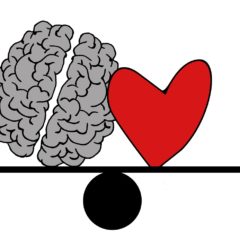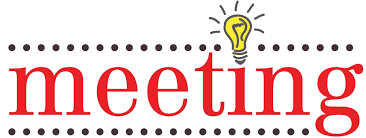“The only constant in life is change.”
We all know that no two school years are alike. Students and situations are always changing. That being said, I keep a checklist throughout the school year of tasks I would like to add or update in the following school year. Toward the end of the school year, I begin to make the necessary changes. I try to do this before school ends because I know that by the time fall comes around, I will have forgotten the purpose of the changes.
I use the Notes function provided in my Outlook email. It appears as a virtual post-it. I use it to jot down my ideas throughout the school year. Usually, my notes consist of basic items such as updating parent/student letters, submitting print requests for the start of year math units, buying needed class supplies, and creating or updating classroom visual posters.
I finalized my semester grades yesterday. In reviewing the online program my students used, I was surprised to see that out of 108 students, I only had 11 who were unable to access the online resource during distance learning. My initial thought in reviewing this data is that during distance learning, students will always try to do the work, but this is dependent on their availability to do it.
Recently, I have been reflecting on my teaching methods and past practices. This coming fall’s school start-up will be dependent on what phase of reopening our county is in. Currently, my county still hasn’t progressed out of phase 1. So how do I best prepare for the unexpected?
My new checklist:
- Mentally prepare that school might be 100% distance learning.
- Create student and parent tutorials around my core 4 platforms of Teams, One Note, Stream (for asynchronous video), and Zoom (for Synchronous video that I will use to deliver instruction and create community).
- Begin to merge school adopted curriculum to these platforms.
- Create a video tutorial on regular and sketch note-taking for students.
- Create a logistic questionnaire for students and parents on wifi/internet availability, cell phone reception, meal access, adult help with school work, and environment to do school work.
- Create a teacher account on various social media platforms to distribute information to parents and students.
- Participate in professional development that will strengthen my skills in teaching during distance learning.
The challenges I have faced during distance learning will help me plan for the following school year. When you begin to prepare for the fall 2020-2021 school year, ask yourself these few questions.
- What is working?
- What am I learning?
- What do I knot know yet?
- What should I continue to do?
By actively engaging in this process of learning, reflection, and planning, you will have laid the groundwork to emerge stronger in the year to come. Remember, everyone’s process will be different. I hope in sharing mine, it will help you formulate what will work best for you, your students, and their parents. And if, as you read this, you have begun or already have plans in place, please comment. Because through collaborating and sharing with others is how we all learn and grow.







